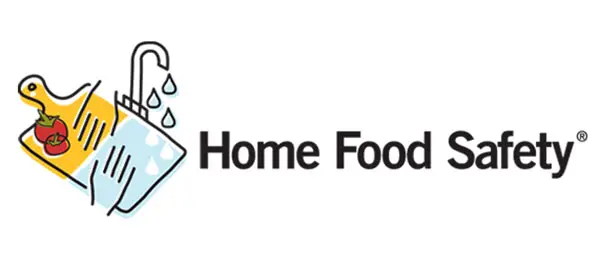
This August, during Kids Eat Right Month„¢, the Academy of Nutrition and Dietetics, through its Home Food Safety program, encourages all parents to teach kids how to reduce their risk of food poisoning at home with four simple steps: 1) wash, 2) separate, 3) cook and 4) refrigerate.
“Children start forming lifelong habits at a young age, so it is important to establish good eating and proper food safety practices early in life,” says registered dietitian nutritionist and Academy Spokesperson Wesley Delbridge. “Teaching good habits at this impressionable age when kids are ready and eager to learn will start positive lifelong patterns.”
The Home Food Safety program is dedicated to raising awareness about food poisoning and helping everyone know the basics when it comes to safely preparing food at home. Delbridge offers the following advice to teach kids how to safely handle food.
1) Wash: Wash hands for at least 20 seconds.
“Washing hands before and while handling food can prevent nearly half of all cases of food poisoning, so it is important to show children how to correctly wash their hands,” says Delbridge. “Always use warm, soapy water to wash the front and back of hands, between fingers and under fingernails, all the way up to the wrist. The “Happy Birthday” song is about 10 seconds long, so have kids sing it twice while they lather up to ensure they wash for an adequate amount of time.”
2) Separate: Separate raw chicken, meats, fish and eggs from ready-to-eat foods like bread and vegetables.
“Cross-contamination occurs when juices from raw meats and poultry touch ready-to-eat foods, so always use separate cuttings boards for these different food items,” says Delbridge. “Buy and use different colored cutting boards to show kids the importance of separating raw meats and poultry from ready to-eat foods. For example, use a green cutting board for vegetables and a red one for raw meats.”
3) Cook: Always use a food thermometer to determine if food is thoroughly cooked and don’t eat raw or undercooked foods.
“One of the most common food safety mistakes is not using a food thermometer. Many people think they can tell when food is done simply by checking its color and texture, but there’s no way to be sure food is safely cooked without using a food thermometer,” says Delbridge. “Show kids how to use and read a food thermometer. And make sure kids know not to taste food until it’s done. One of the most tempting foods for kids to eat is raw cookie dough, which is dangerous to eat when raw. So have kids take the Cookie Rookie pledge.”
4) Refrigerate: Cool foods promptly – always within two hours.
“Cooling foods slows the growth of harmful bacteria, so in order to keep food safe, all perishable foods must be refrigerated within two hours of preparation,” says Delbridge. “Lead by example by quickly refrigerating perishable foods and explaining to kids the importance of the refrigerator in stopping the growth of illness-causing bacteria.”
posted by Andrea Gonzalez 7/17/15